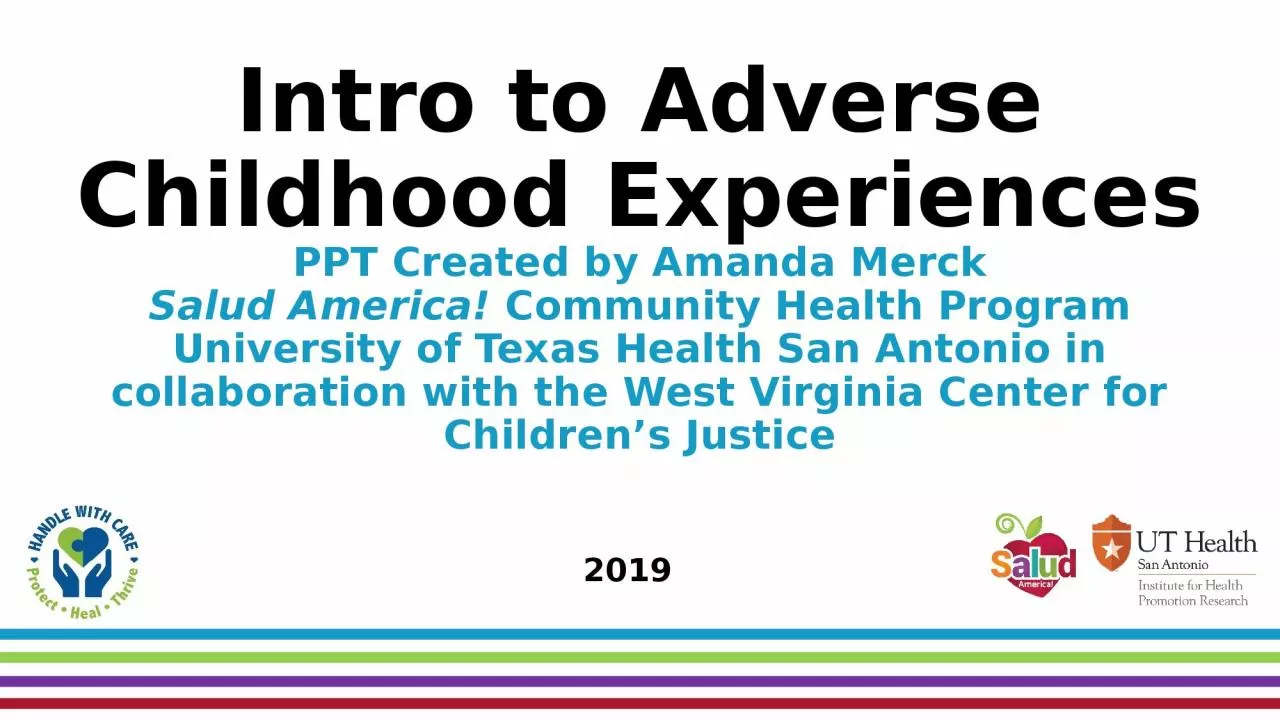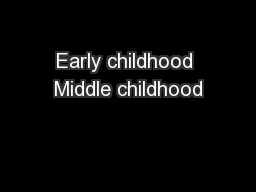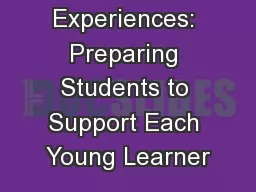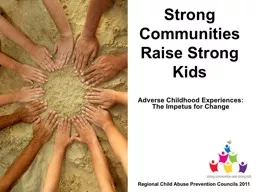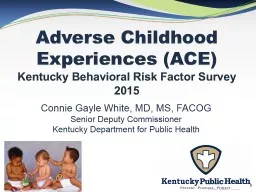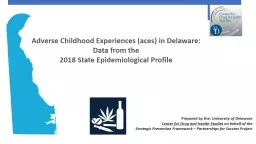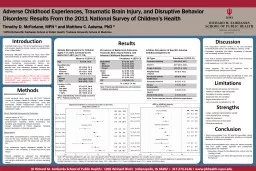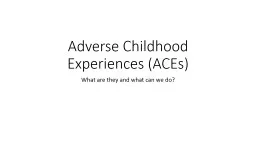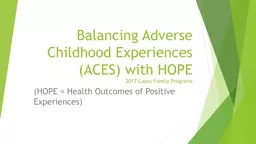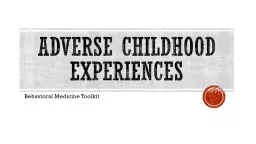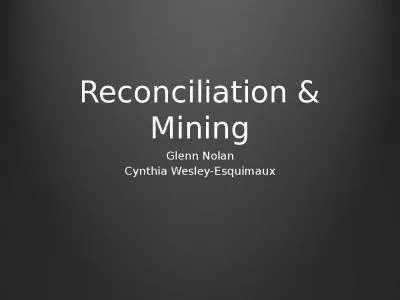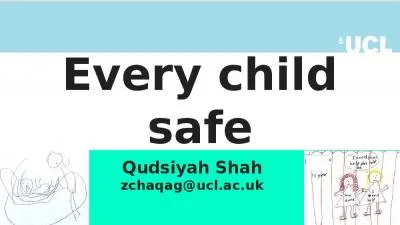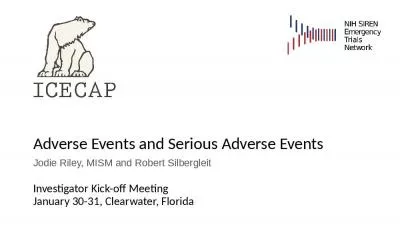PPT-Intro to Adverse Childhood Experiences
Author : berey | Published Date : 2024-02-09
2019 PPT Created by Amanda Merck Salud America Community Health Program University of Texas Health San Antonio in collaboration with the West Virginia Center for
Presentation Embed Code
Download Presentation
Download Presentation The PPT/PDF document "Intro to Adverse Childhood Experiences" is the property of its rightful owner. Permission is granted to download and print the materials on this website for personal, non-commercial use only, and to display it on your personal computer provided you do not modify the materials and that you retain all copyright notices contained in the materials. By downloading content from our website, you accept the terms of this agreement.
Intro to Adverse Childhood Experiences: Transcript
Download Rules Of Document
"Intro to Adverse Childhood Experiences"The content belongs to its owner. You may download and print it for personal use, without modification, and keep all copyright notices. By downloading, you agree to these terms.
Related Documents

